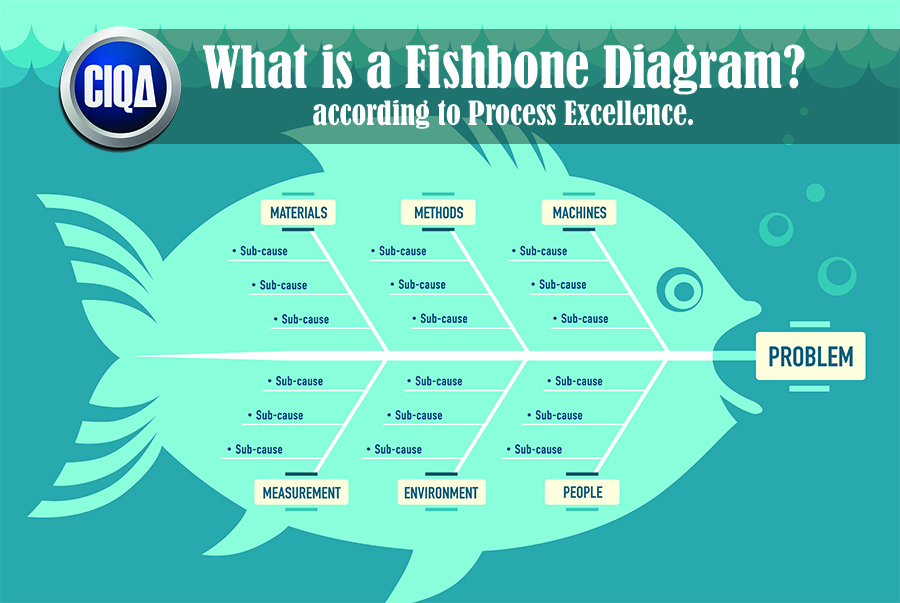

Note: Ishikawa diagram can be illustrated in a form of the mind maps and it can be used a software (e.g.

and forward in product design for preventive identification and elimination of possible causes of the products. Ishikawa diagram can be used both retrospectively to find the cause of the problem.

The cause and effect diagram diagram is an analysis tool that provides a systematic way of looking at effects and the causes that create or contribute to those effects. Hence, It is often also referred to as the Ishikawa diagram. Measurements - causes caused by improper or poorly chosen measurement Kaoru Ishikawa, a Japanese quality control statistician, invented the Cause and effect diagram.While commonly used in quality defect prevention, it’s also very useful in Risk Identification. Materials - causes caused by defect or material properties The Ishikawa Diagram, also known as the fishbone diagram due to the way it looks visually, is a cause and effect diagram that was first created by Kaoru Ishikawa in Japan back in 1968.Machines - causes caused by equipment such as machinery, computers, tolls.Methods - causes caused by rules, regulation, legislation or standards.Man power - People - causes caused by people.The causes are mostly searched at the basic dimensions - following list shows eight typical dimensions used in the production (8M): While problem solving, in the debate or with other analytical technique, the possible causes are systematically searched and represented by the form of the fish bone (hence its name). It is often used for finding solutions during team techniques such as brainstorming. Where to use of the Ishikawa diagram in practice?ĭue to its versatility, the Ishikawa diagram is used in the field of quality in the search for causes of poor quality, but also in fields of risks or problem solving. Its objective is therefore to analyze and determine the most likely causes of the solved problem. Ishikawa diagram is based on the principle of simple causality - each consequence (problem) has its own cause or a combination of causes. Ishikawa diagram, also called cause and effect diagram, fishbone diagram or Ishikawa is a simple analytical technique for display and subsequent analysis of the causes and consequences, which is the brainchild of Kaoru Ishikawa.


 0 kommentar(er)
0 kommentar(er)
